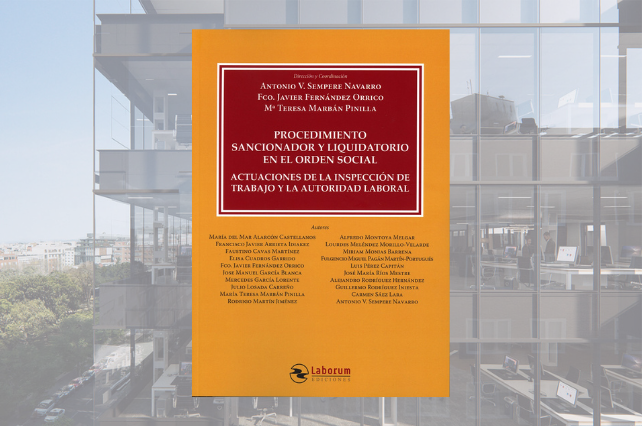The European Court of Human Rights Changes Its Opinion and Sides with Spanish Courts
On October 17, 2019, the European Court of Human Rights (ECHR) issued a ruling in the case of López Ribalda and Others v. Spain, in which it made a significant change in its position on the use of video surveillance cameras in the workplace, compared to its previous ruling on the same matter in a judgment of January 9, 2018.
In the first 2018 ruling, the ECHR concluded that the right to private life (Article 8 of the European Convention on Human Rights) of the claimants had been violated. However, in the new 2019 ruling, the Court changed its approach and sided with the Spanish national courts, finding that no violation of the aforementioned right had occurred. The change in the ECHR’s approach between the two judgments revolves around the differing evaluations in both rulings regarding the use of images obtained as evidence. In the 2018 judgment, the ECHR accepted the claimants’ arguments regarding the video surveillance system, which allegedly violated the legal obligation to inform individuals about the processing of personal data under the applicable Spanish law.
This issue has significant implications in terms of evidence law. In this regard, in the new ruling of October 17, 2019, the ECHR changed its stance and stated that national courts, in line with the jurisprudence of the Spanish Constitutional Court, had determined that the video surveillance system did not violate the right to respect for private life and privacy. Additionally, the evidence obtained through video surveillance was not the sole evidence used in the case. Therefore, in cases like the present one, to determine whether the duty to inform about personal data is fulfilled, particular attention should be given to the scope of the provisions under the current Organic Law on Personal Data Protection and Guarantee of Digital Rights, particularly in cases where a flagrant violation of the law by workers or public employees is captured. The duty to inform about personal data is considered fulfilled when an informational device is placed in a sufficiently visible location, identifying at least the existence of the data processing, the identity of the data controller, and the possibility of exercising the rights of access, rectification, deletion, and opposition provided under European regulations, specifically Regulation (EU) 2016/679. Alternatively, the informational device may include a code or internet address linking to this information.


